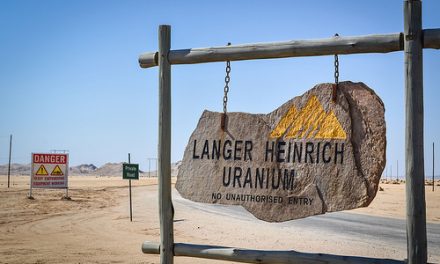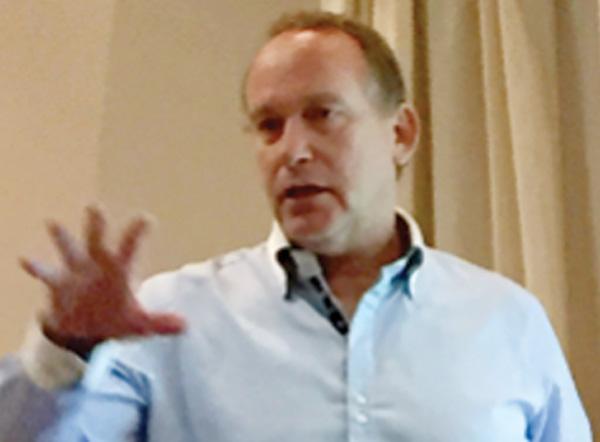
Husab mine could save decaying economy

23 December 2016 – The local economy is likely to benefit when the newest uranium mine, Husab, begins production, making the Namibia the world’s third largest producer of the radioactive metal.
Based on data from Namibia’s central bank, production of uranium will increase 63% this year and 90% in 2017.
A report published by BMI Research shows domestic demand, however, will rise only gradually over 2017 as high levels of debt amongst citizens weigh on their disposable incomes, a report published by BMI Research shows.
The $2-billion Husab project, a joint venture between China General Nuclear Power Holding Corp (CGNPC) and local miner Swakop Uranium, is expected to produce up to 15-million pounds of uranium a year.
The massive project, said to be the third largest uranium-only mine in the world, will boost domestic production from 2,900 tonnes in 2016 to 5,800 tonnes next year, according to BMI estimates.
Output will be gradually increased to reach the installed capacity of 50-million tonnes of ore a year, Swakop’s chief executive, Zheng Keping said in September.
Namibia is the world’s sixth biggest uranium miner, behind Kazakhstan, Canada, Australia, Niger and Russia.
Meanwhile, the BMI’s report said, “In terms of uranium mining, we forecast output to grow by 26.8% between 2016 and 2020, to reach 8.2 thousand tonnes (kt) by 2020. After -3.0% y-o-y decline in 2016, growth will accelerate by 100% y-o-y in 2017 with the Husab mine coming online”.













































